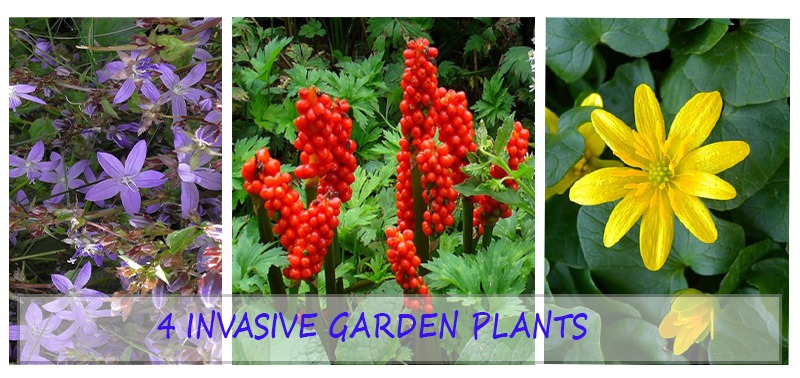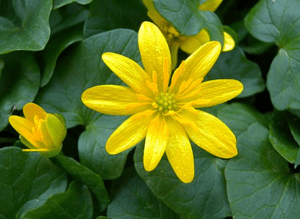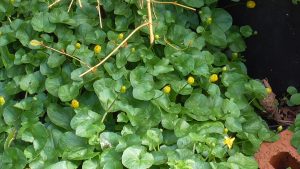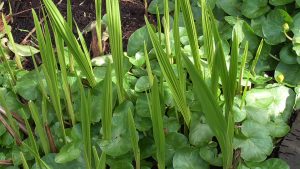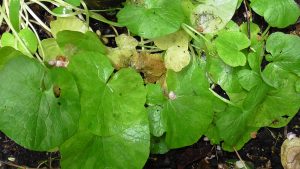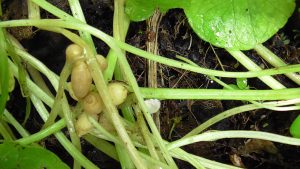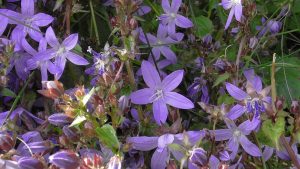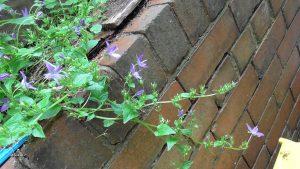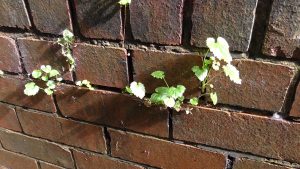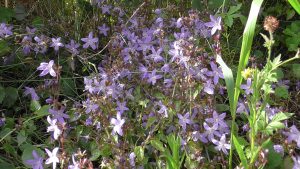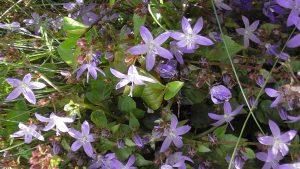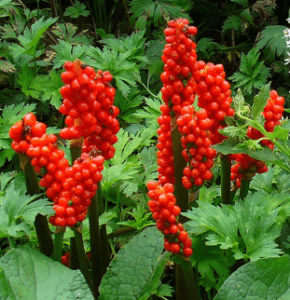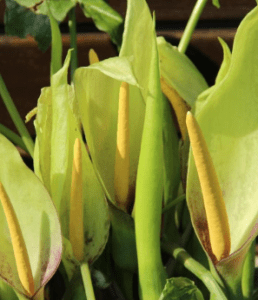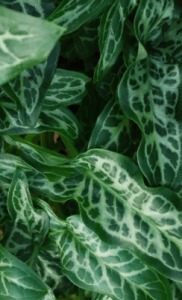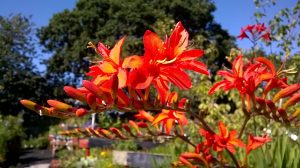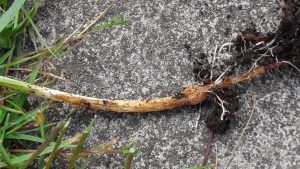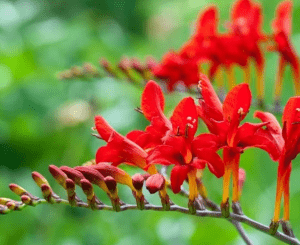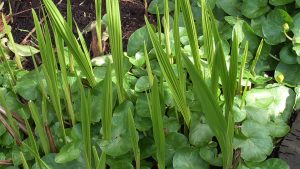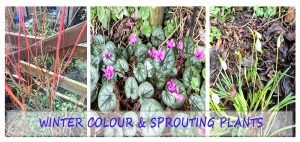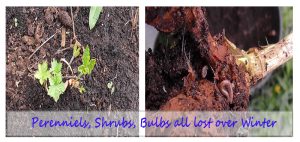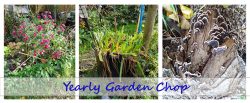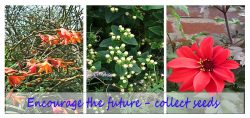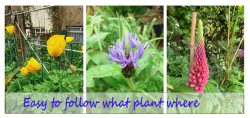Avoiding 4 Menacing Garden Plants
Avoiding menacing garden plants is harder than you think. They have a very clever reproduction system, that often makes it impossible to get rid of them entirely. Invasive garden plants are not always bad so management is better than total destruction if you enjoy having a good healthy insect friendly garden. I have all of these in my garden and they add lovely colour throughout the year. I do manage them each year to keep my small garden area from being swapped by them.
Is Lesser Celandine part of menacing garden plants?
- This is a very pretty plant that is always welcome in garden as it is one of the first plants to flower in the year.
- They attract the bumble bees and display lovely yellow flowers.
- They grow low to the ground and form a cover which protects any perennials that are starting to come up from the ground from late frosts.
So, are they a invasive plant when they do so much good?
The answer should be everything has a place. Celandine however has an interesting way of propagating and this causes it to ramp away if not controlled.
- After they flower, the plants produce little nodules which are like its seeds.
- When you pull the plant out, you will always leave the nodule seed behind. One plant can produce a large number of nodules.
- Each nodule can produce a new plant the following year. One of the cool facts of nature to ensure survival.
How do you control or get rid of Lesser Celandine?
I control the menacing garden plants in my garden. Lesser Celandine is one which I allow in places but dig it all out in others.
- Dig the plant up, don’t pull them out. Make sure you dig up and catch all the nodules if it is in a patch you want to clear. This will not eliminate them. It will slow the plant spread down and thin them out.
- To get rid of them completely, the best thing to do is cover the area with wet newspaper or cardboard. Leave it covered for at least three months over the growing season. Please know that this method will stop all other plants from growing as well.
- Throw the plants you dig up away, do not compost them.
Campanula poscharskyana beautiful menacing garden plants
This is a very pretty very insect friendly plant but very invasive. You will never get rid of this particular variety of campanula. There are similar varieties which are not as invasive as this one.
- This is a low ground cover which flowers from the end of May to October.
- It is an evergreen perennial that has beautiful purple flowers on long tendril like stems. It is known as the ‘Purple Fountain’
- It swamps other plants and often uses them as support for the heaps of flowers they have.
- It has the most amazing root system and it will grow in concrete walls and in the cement between paving stones if it can. It does not mind any kind of soil type.
- Campanula poscharskyana is considered menacing garden plants as they make such good borders on walls and edges. They look stunning when in flower, but the will move into any open space they can find and take hold.
- Planted in a container or tub, even a hanging basket they look wonderful and will be contained. When no longer wanted throw it away do not compost it.
How do you get rid of Campanula poscharskyana that are invasive?
- They will spread between other plants which makes them hard to remove. Using wet newspaper or cardboard covering them for a few months will have no effect.
- Weed killer may kill them but as they are usually in between plants, this will only work if they are on their own.
- Dig them out, they have deep roots which can run. leaving any root mass behind will just grown again. This method is the best one to use for this plant but you need to be on top of it every year or it will quickly get out of hand.
- Managing the growth of these plants will give you a rewarding mass of colour in your garden, happy insects and a bit of green over Winter.
Arum Italicum another of the menacing garden plants ( Lords and Ladies)
- These make the best shade plants, they need a little sunlight to get the berries a nice orange colour.
- They are not fussy about what type of soil they have so will grow everywhere.
- They make great borders and look good around ponds as they have large striking leaves with white veins.
- They flower in spring with a almost translucent flower and then produce lovely deep orange berries in Autumn. Doubly good for garden interest.
- They are poisonous plants, often causing irritation. Wear gloves and wash hands when digging them out.
- Not to be confused with the regular Arums ‘ Zantedeschia’ .
How to manage and control Arum Italicum?
- Arum Italicum has a menacing garden plants reputation for spreading, it shoots up young stems very quickly in the Spring. These don’t always flower in the first year. But create foliage and growth for the following year.
- As the plant gets bigger, the oldest section rots away, leaving small tubers that grow on. These can be difficult to get rid of as they pop up in between other plants, so ensure you site the plant where you want it.
- They have very deep root balls and if you pull the plant out the soft stems break off and the root ball is left. I have used a weed digger prong with great success to dig the young shoots out.
- To stop them from spreading digging them out will help, as will the early removal of seedlings. I do not leave the lovely orange berries it gets on until they die back as it is the seeds.
- Remove and throw away, Do not put in your compost.
Crocosmia, are they invasive menacing garden plants or not?
Montbretia which is the name known to many people is the common Crocosmia. This has become quite an escape artist and will if it can spread everywhere. However, these days there are fabulous varieties of Crocosmia which grow in clumps. They are all lovely orange, red and yellow colours. AS the flower towards the end of Summer they are a welcome bit of colour to the garden.
- This plant is originally from South Africa, so it like the sunshine and warmth.
- It has an underground corm as well as seeds from the flowers.
- They have sword shaped leaves and spires of pretty flowers on a stalk.
- The flowers don’t all open at once so the flowering time is extended.
- They are perennials and die back in the Winter and return in the Spring.
- If you have this plant in your garden you can split the clumps to keep it from spreading to much, or pull any baby plants out. Throw them away and do not compost.
This is one of my personal favourites. It goes well with any purple flowers and ornamental grasses. I have as yet not had any problems with them taking over my garden although they have multiplied.
ENJOY ALL PLANTS IN YOUR GARDEN, MANAGE AND CONTROL THOSE WITH INVASIVE TENDANCIES.

